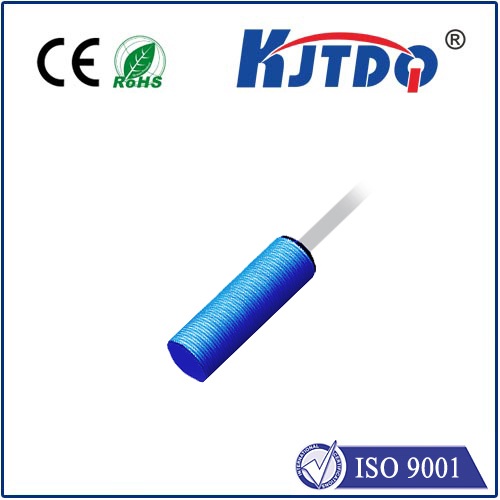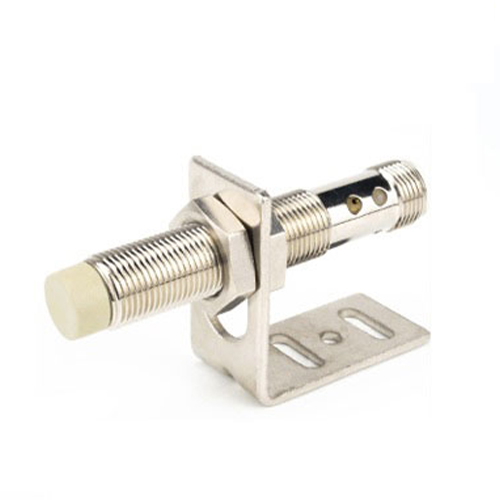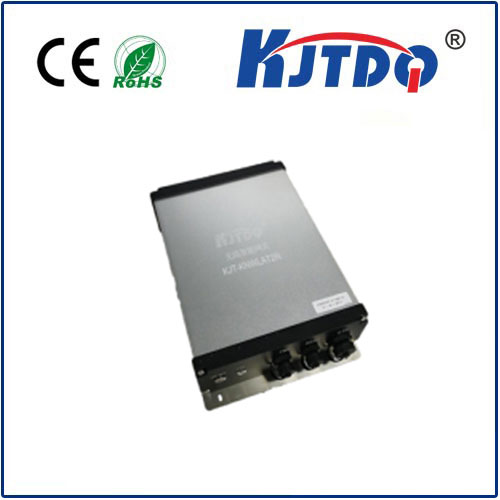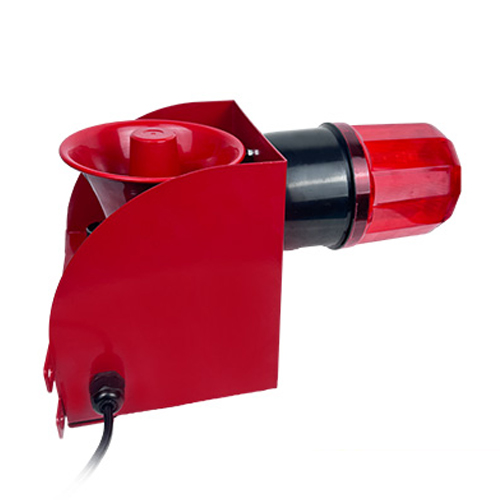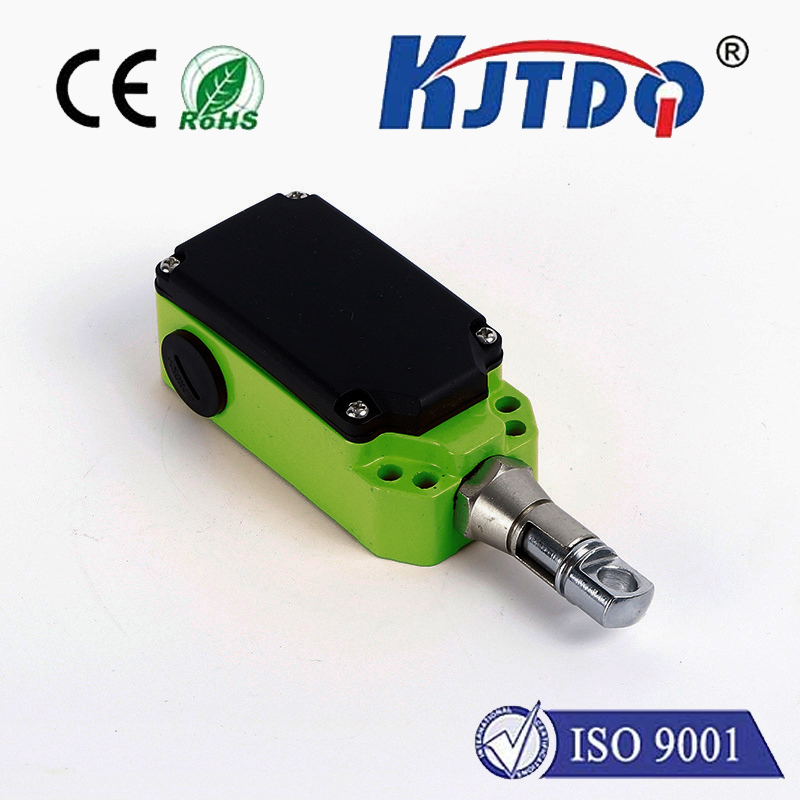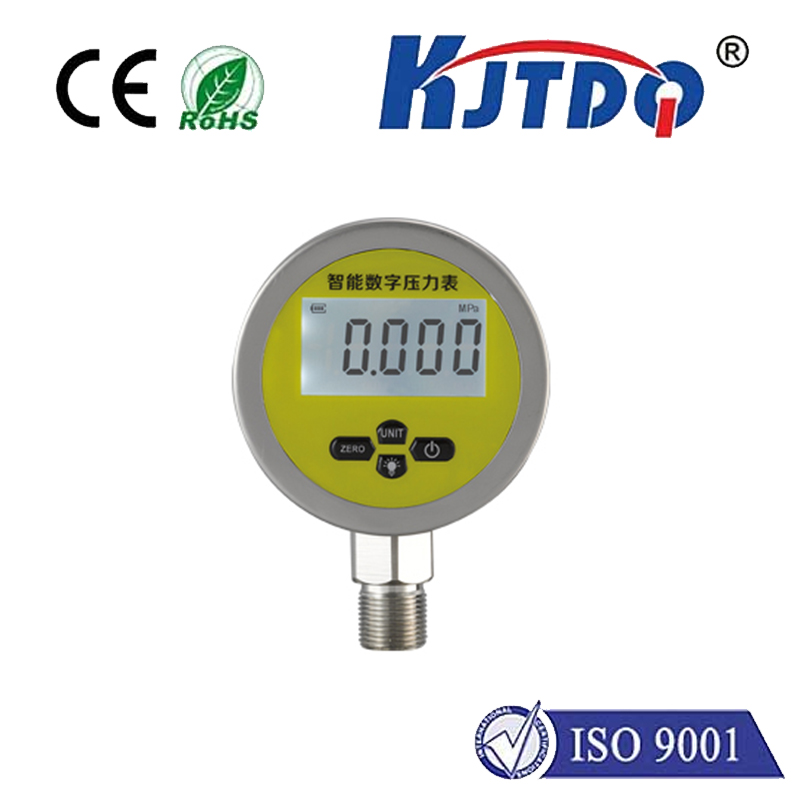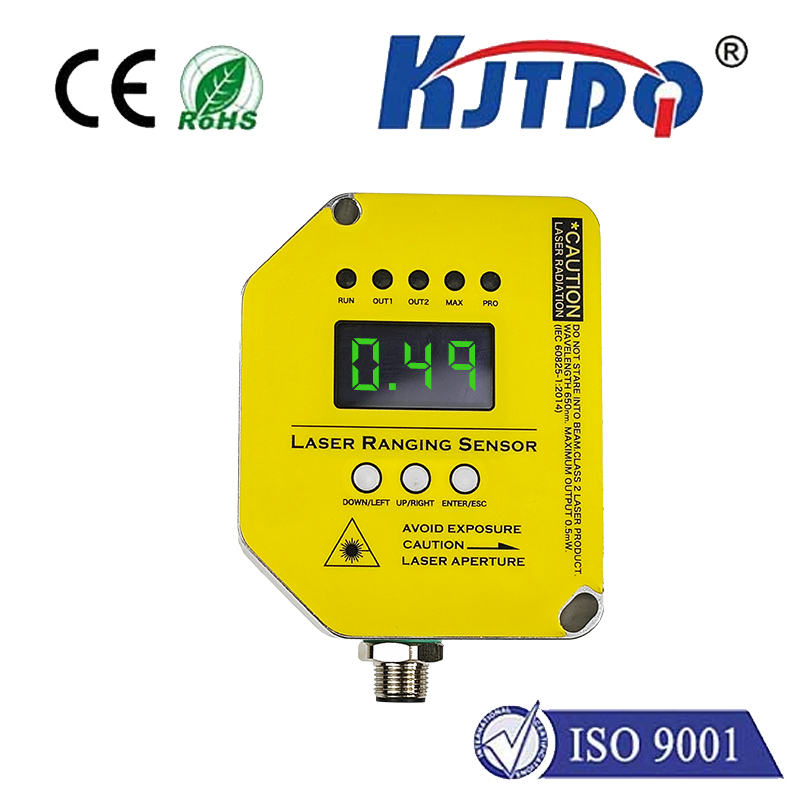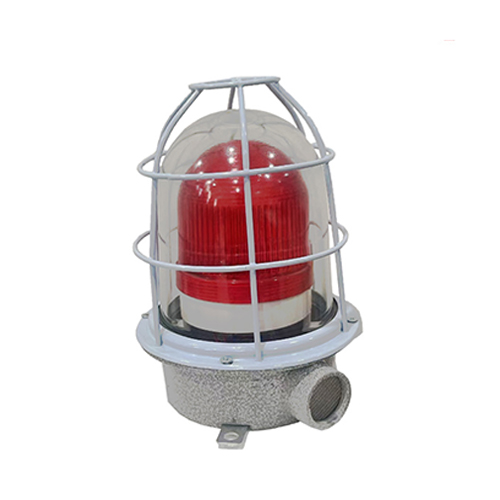proximity sensor iot
- time:2025-06-27 03:04:04
- Click:0
The Unseen Spark: How Proximity Sensors Ignite Smarter IoT Worlds
Imagine walking towards a building entrance, and the doors silently glide open before you even raise a hand. Your smartphone screen illuminates as you lift it from the table, ready for use. A factory robot halts instantly as a worker steps too close. These seemingly magical interactions are powered by an unassuming yet revolutionary technology: proximity sensors, acting as the fundamental sensory organs for the Internet of Things (IoT). More than just switches, these tiny detectors are pivotal in creating responsive, intuitive, and efficient smart environments.
Decoding the Proximity Sensor: The IoT’s Sixth Sense
At its core, a proximity sensor detects the presence or absence of a nearby object without physical contact. Think of it as an electronic version of human spatial awareness. These sensors operate on various principles:
- Inductive Sensors: Detect metallic objects using electromagnetic fields. Highly reliable in industrial settings for machinery and conveyor belts.
- Capacitive Sensors: Sense both metallic and non-metallic objects (like liquids, wood, plastic) by detecting changes in an electrical field. Ideal for touchless faucets or material level detection.
- Infrared (IR) Sensors: Use infrared light beams; an object’s presence interrupts the beam or reflects it back. Found in automatic doors and many consumer electronics.
- Ultrasonic Sensors: Emit high-frequency sound waves and measure the echo’s return time to calculate distance. Excellent for parking assistance and tank level monitoring.
- Photoelectric Sensors: Use visible or infrared light to detect presence, distance, or absence. Versatile for diverse applications, including object counting on production lines.
In the context of IoT, these sensors transcend their traditional roles. They become critical data collection points, feeding real-time information about the physical environment into a vast network of connected devices and systems – the essence of smart technology.
Where the Invisible Touch Transforms Reality: Key IoT Applications

Proximity sensors in IoT unlock transformative capabilities across numerous domains:
- Smart Homes & Buildings: Beyond automatic doors and lights, they enable:
- Occupancy Detection: Optimizing HVAC and lighting based on room presence, leading to significant energy savings.
- Touchless Control: Faucets, soap dispensers, light switches – enhancing hygiene and convenience (particularly crucial in healthcare).
- Intrusion Detection: Sensing unauthorized approach to windows, doors, or valuables.
- Appliance Interaction: Screens waking as you approach, ovens pausing when you walk away.
- Industrial IoT (IIoT): Driving efficiency and safety:
- Machine Safety: Instantly halting robots or machinery when a worker enters a hazardous zone.
- Object Positioning & Alignment: Ensuring precise placement in assembly lines.
- Inventory Management: Tracking objects on conveyors or monitoring bin levels.
- Predictive Maintenance: Sensing vibration or unusual proximity in machinery components indicating wear.
- Smart Retail: Enhancing customer experience:
- Interactive Displays: Activating content as shoppers approach kiosks or product shelves.
- People Counting: Monitoring store traffic flow and optimizing staff allocation.
- Proximity Marketing: Sending targeted offers to shoppers’ phones near specific displays (opt-in based).
- Automotive: Beyond parking sensors:
- Keyless Entry & Start: Detecting the key fob’s proximity.
- Driver Presence Detection: Ensuring safety systems are active and preventing runaway vehicles.
- Gesture Control: Allowing drivers to adjust settings with simple hand movements near the console.
- Wearables & Healthcare: Enabling smarter interactions:
- Screen Activation: Smartwatches and fitness trackers waking when raised toward the user.
- Fall Detection: Sensing sudden proximity changes to the ground.
- Hand Hygiene Monitoring: Ensuring compliance in healthcare settings with sensor-equipped dispensers.
Why Proximity Sensors are the Unsung Heroes of IoT Success
The integration of proximity detection within IoT ecosystems delivers profound benefits:
- Enhanced User Experience: Creating intuitive, seamless, and responsive interactions with technology. The “it just works” factor is often powered by these sensors.
- Improved Safety & Security: Providing critical inputs for safety systems (industrial machines, vehicles) and security alerts (unauthorized approach).
- Significant Resource Efficiency: Driving down energy consumption through intelligent occupancy-based control of lighting, HVAC, and appliances.
- Operational Optimization: Automating processes, improving accuracy (counting, positioning), and enabling predictive maintenance in industrial settings.
- Data Efficiency: Proximity sensors often generate low-bandwidth, high-value data, ideal for constrained IoT devices and networks, providing essential context without overwhelming the system.
Challenges and Considerations for Deployment
Implementing proximity sensors in IoT isn’t without its hurdles:
- Environmental Interference: Factors like dust, moisture, temperature extremes, or electromagnetic noise can affect sensor accuracy. Choosing the right sensor type (e.g., harsh environment-rated) and careful placement are crucial.
- False Triggers: Unintended objects or environmental conditions might cause false readings. Sensor tuning, shielding, or using multi-sensor logic can mitigate this.
- Power Constraints: Especially for battery-powered IoT devices, selecting low-power sensors and optimizing their duty cycle (e.g., sleep/wake patterns) is vital.
- Calibration and Maintenance: Ensuring sensors remain accurate over time may require periodic checks or self-calibration features.
- Integration Complexity: Seamlessly feeding sensor data into IoT platforms and triggering appropriate actions requires robust software and communication protocols (like MQTT, CoAP).
The Evolving Edge: Future Trends
The intelligence of proximity sensing in IoT continues to grow:
- Multi-Sensor Fusion: Combining proximity data with inputs from other sensors (temperature, light, sound) creates richer contextual understanding for smarter decision-making.
- AI/ML at the Edge: Embedding basic intelligence allows proximity sensors or local gateways to filter data, recognize patterns (e.g., distinguishing a person from a cart), and react faster, reducing cloud dependency. This is key for real-time responsiveness.
- Miniaturization & Lower Costs: Continuous advancements make powerful sensors smaller, cheaper, and easier to integrate into virtually any object or device, fueling wider IoT adoption.
- Improved Material Discrimination: Advancements in capacitive and other sensing technologies allow for better differentiation between object types.
The Subtle Engine of Interaction
Proximity sensors are far more than simple on/off switches. In the grand tapestry of the Internet of Things, they are the fundamental threads that weave awareness of the physical world into the digital realm. Their ability to detect presence, absence, and approach without contact makes them indispensable for creating environments that are not just connected, but truly responsive, adaptive, and intelligent. From optimizing energy use in our homes to safeguarding workers in factories and enabling seamless interactions with our devices, these unseen guardians are quietly, yet profoundly, shaping the smarter world emerging around us. As IoT continues its explosive growth, the humble proximity sensor will remain a cornerstone technology, constantly evolving to deliver even more sophisticated levels of spatial intelligence.






